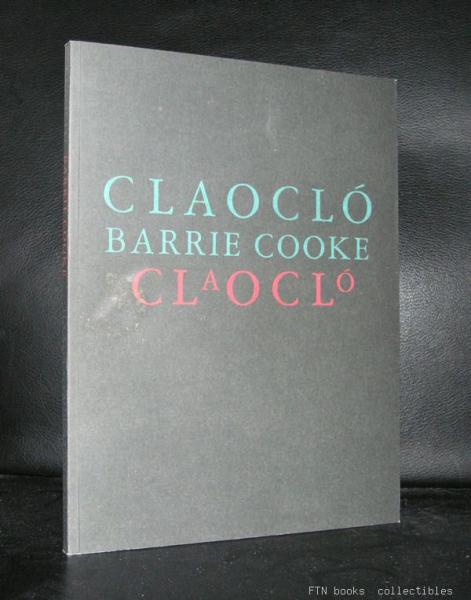
The following article can be found at the Mutual Art site:
https://www.mutualart.com/Article/Grave-Architecture–How-Leon-Kossoff-Bui/451BDAE66E6E3100?source_page=Magazine&utm_source=MutualArt+Subscribers&utm_campaign=587eaad649-nl_20_07_19&utm_medium=email&utm_term=0_0a9ce6ca24-587eaad649-445942749&ct=t(EMAIL_CAMPAIGN_10_5_2018_13_56_COPY_01)&mc_cid=587eaad649&mc_eid=129d9ef3a9
Earlier in July, British painter Leon Kossoff passed away. Sometime between 1939 and 1943, he entered the local museums at King’s Lynn, the Norfolk town in which the painter spent three years as a wartime evacuee. Here he saw paintings by local brothers, Thomas and Henry Baines, depicting the town’s famous-ish architecture (Daniel Defoe described the place as “well built” in the early 1700s).
This was Kossoff’s first experience of the productive tension between two-dimensional painting and three-dimensional structure; his first intimation of how the flat, framed surface could hold interior space and exterior space at once. It was the experience of leaving London, the buildings which had surrounded him in his native Islington falling away as he left for more rural surroundings, which piqued his interest in architectural painting. A sketch done during this time of the local King’s Lynn Customs House is Kossoff’s first architectural study. Later, he made pictures with oil paint so thick it was more like a built environment than a painted one, allowing the material to fall away from the surface and be rebuilt in waves.
The Baines brothers made technically neat, emotionally sentimental studies of the town’s North Gate, the Kettle Mill, the squat, brick-worked, 15th Century Red Mount chapel. Thomas Baines and others also painted several views of the Greyfriars Tower in Norfolk. The tower stands firm and alone, the only surviving fragment of the Franciscan monastery which was demolished after Henry VIII’s dissolution. Today, it is recognised as the finest among the three surviving Fransiscan monastery towers in England.
Thomas Baines depicts the tower standing proud in the far right of the frame, facing down a blazing wave of nimbus cloud at sunset. The shorter buildings around it are as subservient as the cows in the foreground, lying at the feet of two upright humans. The dominion of man over animal is clear in the painting’s composition, but the tower itself seems to suggest a structural means by which man can reach towards the divine.
To Kossoff’s young mind, the painting would’ve echoed the newspaper images showing blitzed London burning behind St Paul’s cathedral. Much less a case of man challenging the divine, great architecture came to symbolise, for Kossoff and the artists of post-war Europe, the rebuilding of the human soul after the inimitable evils of the holocaust, the blitz and the “moral bombing” of Germany by the victorious allies.
After returning to a bombed-out London, Kossoff began a career of architectural painting, which in turn informed his intimate brand of formal portraiture. The house he had grown up in had been razed to the ground by German bombs, and much of the London landscape underwent significant change in the rebuilding process.
St Paul’s Cathedral became a symbol of London’s resistance, of home-front stoicism, as it withstood the blitz. Kossoff complicates this line of thought with his painting, Small Landscape With St Paul’s (1960), a thick, swathy abstract in monochrome, diminutive in size. It has none of the upright architectural theism of the Baines monastery tower. Through the viscous, massy material of his own grave architecture, Kossoff communicates the difficulty of wading through post-war fallout.
A portrait from the same year, simply entitled Head (1960) has a similar vibe, the low-drooping of the sitter’s forehead seeming troubled, disgruntled, the currents of thick paint dissolving their form into the abstract
By the 1980s and 1990s, Kossoff built up the layers of his paint to a more firmly structural, figurative end. One of his self portraits from 1972 shows the angle of the head inclining slightly in comparison to earlier portraits. Later still, his celebrated portrait of his brother, Chaim, shows a proud and firm sitter, chin raised, hands locked like buttresses, looking down at the viewer. Maybe even a little haughty. It’s not dissimilar, in manner and attitude, from the dramatic perspective of his famous views of Christ Church, Spitalfields.
Even as he builds form throughout the decades, Kossoff’s paintings still always reverberate with some sonorous and unsettling boom, still rush and flow with the headlong motion of time. The sheer drama of a 1990 preparatory sketch for one of his Christ Church paintings is sufficient to show this.
Some of what moves Kossoff’s best paintings, however, is a certain warmth, a faith in the human animal, and an embodied, tangible sensation of London community. Perhaps this is best communicated by his series of swimming pool paintings. Like Kossoff’s paint dripping off the canvas and being reapplied, the water drips from the skins of the bathers. (The heavily-applied oils of many Kossoff or Aeurbach paintings are so thick that they hover between matter-states, half solid half liquid, never truly dry [like an ancient stained-glass window bulging at the bottom]). Similarly, the people captured merge and mingle with the water. Osmosis occurs between their bodies, between the waters, the different kinds of interiority going on here, all suffused with a natural sunlight which glints artificially off the poolwater. There’s a sense of true community, a dialogue between water and structure which includes the human.
Sometimes, things need to fall away to find their form. Kossoff, who built paintings, knew the differences and the non-differences between structure and fluidity, whose fluxes might be the roots of the human soul.
www.ftn-books.com has some nice Kossoff titles available



































































































